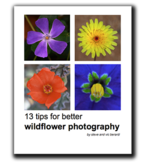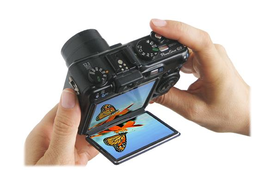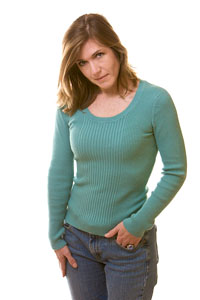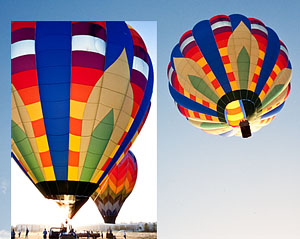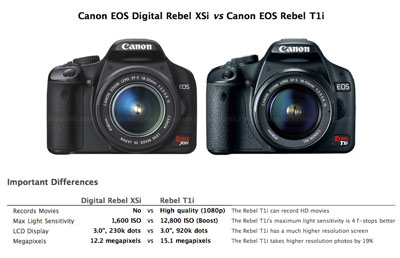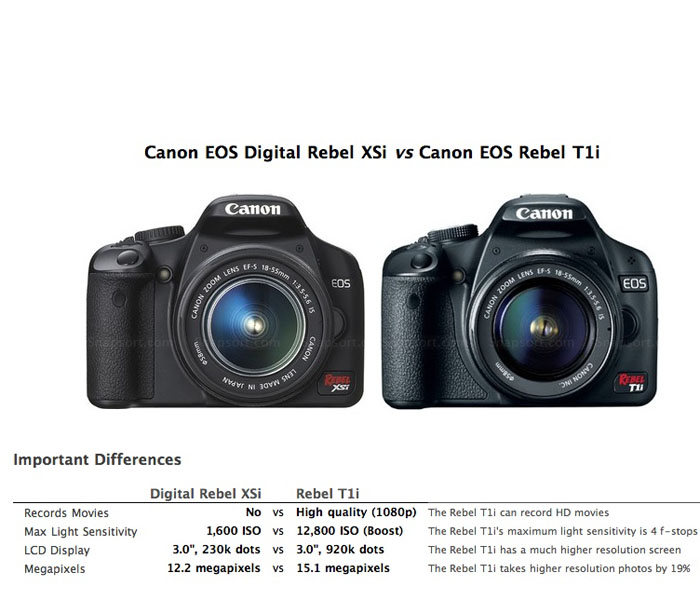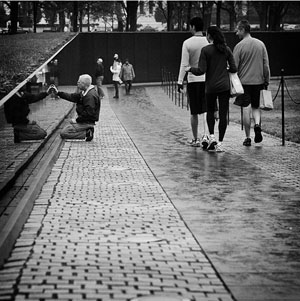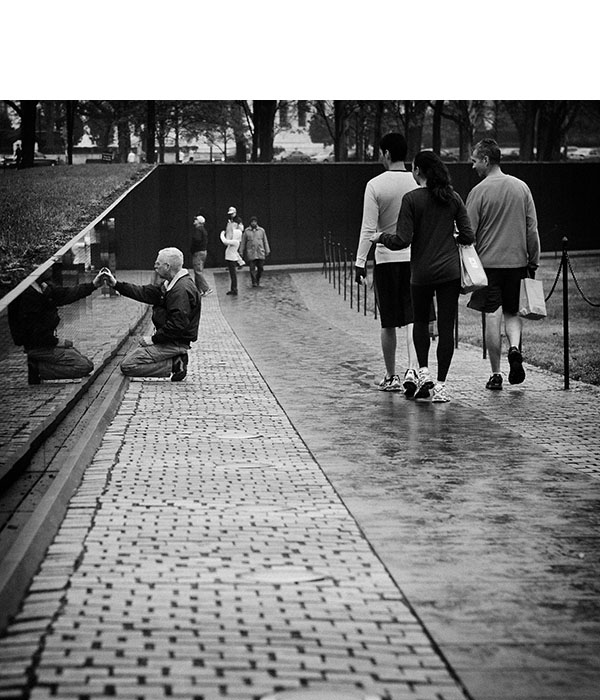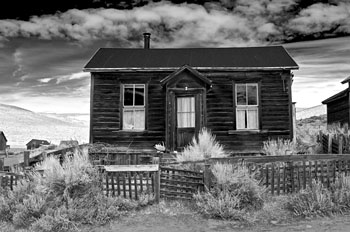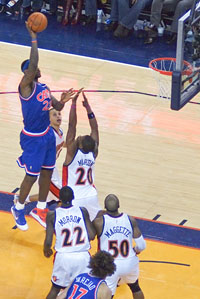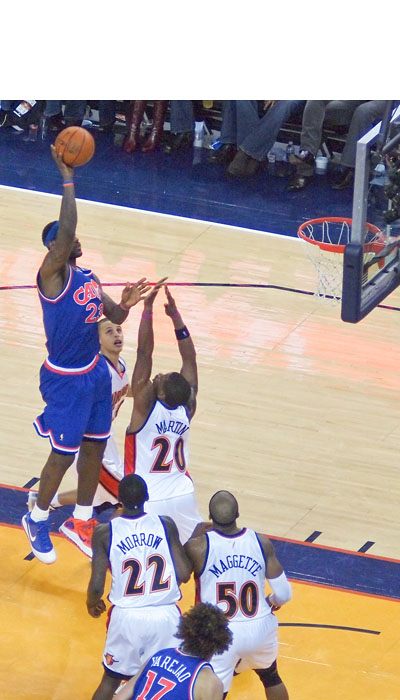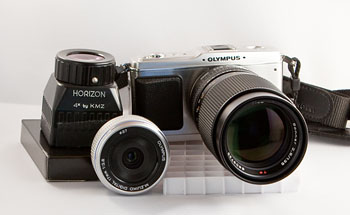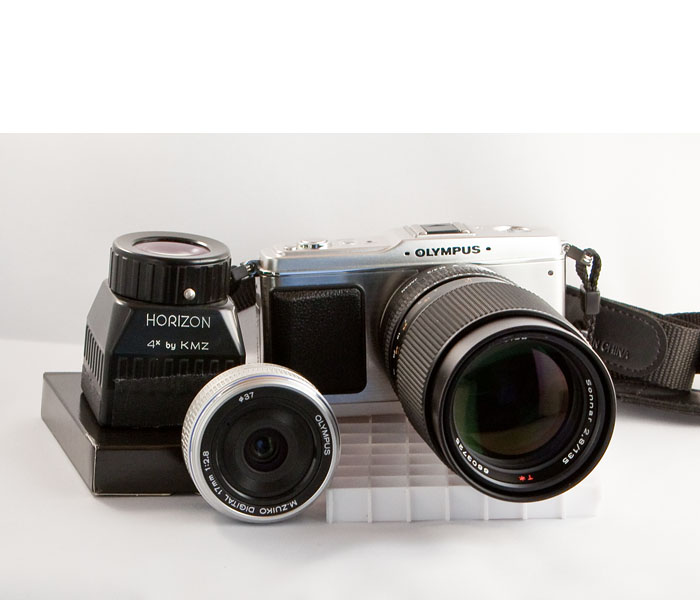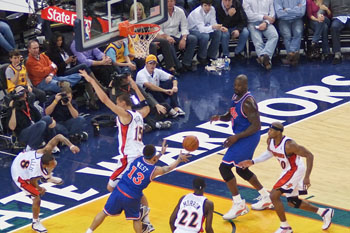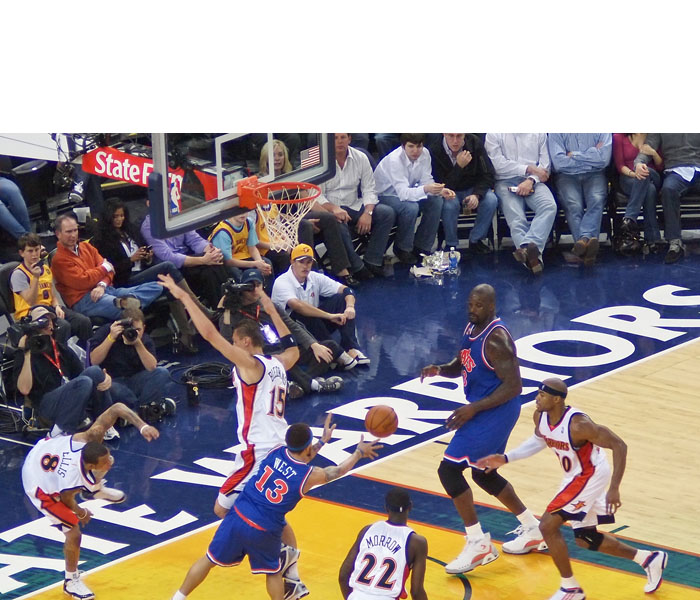Most sports arenas don't allow professional camera gear unless you're part of the media pool. So it's very difficult to get compelling shots from the stands as a spectator. I can't tell you how many times I've had to walk back to the car with my camera gear because I couldn't get it past security.
Image of Lebron James shooting captured from the upper deck of Oracle Arena using a Zeiss 135mm lens mounted on an Olympus E-P1 camera. You can see the entire set of images on the TDS Flickr page. Click on image to zoom.
Here in Northern California, however, you are allowed to pack a "non-professional" camera with your personal belongings. To most security guards that means a compact. Just try getting a decent shot with it from the upper deck -- or for that matter, anywhere in the arena. There are three main problems with compacts in these venues:
- Their zoom lenses generally don't have the reach you need. And if they do, it's at too small of an aperture, such as f/5.6
- They don't perform as well at high ISO settings.
- Their shutter lag and slow burst modes aren't a good fit for action photography.
But what about the in-between cameras such as the Olympus E-P1 that have compact-like looks, but perform more like a bigger DSLR? The E-P1 has a good burst rate, minimal shutter lag, and excellent high ISO performance. The only problem is, Olympus doesn't have a long, fast lens for that body.
So I pulled out my manual focus Zeiss 135mm f/2.8 lens that was part of my Contax SLR kit and used a Rayqual micro 4/3rds adapter to attach it to the E-P1. Nice thing about micro four thirds cameras is that they double the focal length of SLR lenses. So my humble Zeiss zoom became a 270mm f/2.8 sports lens when mounted on the E-P1.
To get this rig into the arena, I stashed the 135mm lens in the bottom of my small shoulder bag, then mounted the stock 17mm Olympus lens on the E-P1. The security office took one look at the E-P1 with the pancake lens on it, and let me though the door. Once inside, I switched lenses. To help me focus accurately at f/2.8 with the telephoto, I attached a Horizon 4X loupe (that I still had for medium format film) to the back of the E-P1 with gaffers tape. (If I still had the E-P2, I would have used the electronic viewfinder instead. But alas, I had to send back the review unit.) Using the loupe attached to the E-P1's LCD, I found I could focus quite accurately.
I then took my seat in the upper deck, set the ISO to 800, put the camera in burst mode, and had a great time shooting pictures. You can see a gallery of shots on the TDS Flickr page. These shots are cropped, but even so, the edited shots still have plenty of resolution for 8" x 12" prints.
Now I have to resist getting greedy because I also have a German made Zeiss 200mm prime lens. But I think it's too big to pass as part of an "amateur" kit. So for the moment, I'm going to stick with the 135mm kit when I'm at events as a spectator.
 Follow me on Twitter
Follow me on Twitter
-
